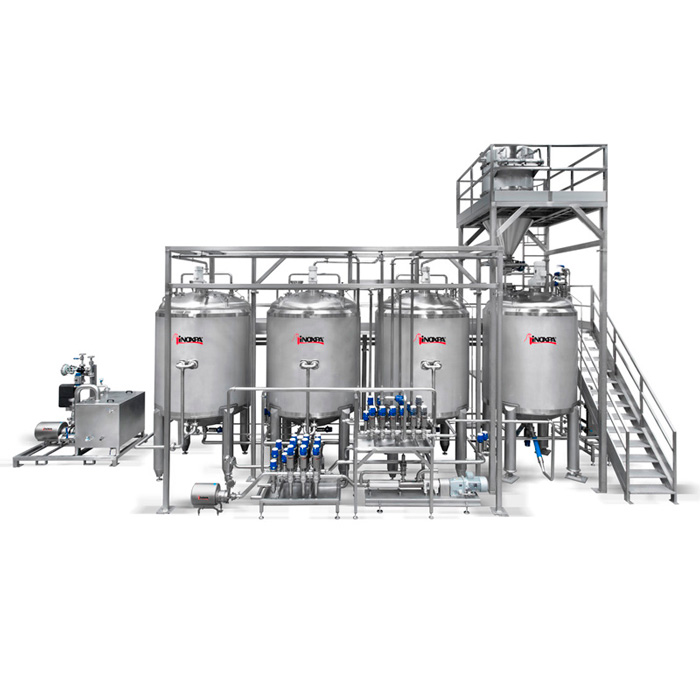INOXPA has developed equipment to enable simple and efficient sourdough production.
Sourdough is used to make traditional products on an industrial scale.
Using sourdough gives the product a more rustic appearance, with a crunchier crust, more large holes in the centre, and the bread both rises more uniformly and tastes better. It is also known for having a longer shelf-life, and bread made from sourdough also has a lower glycaemic index and better nutritional properties.



